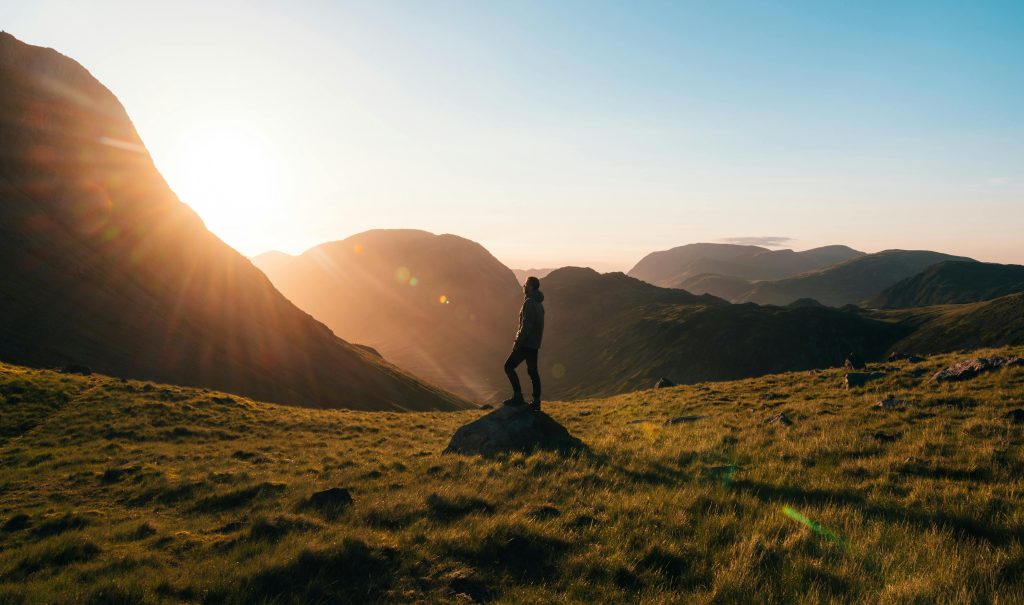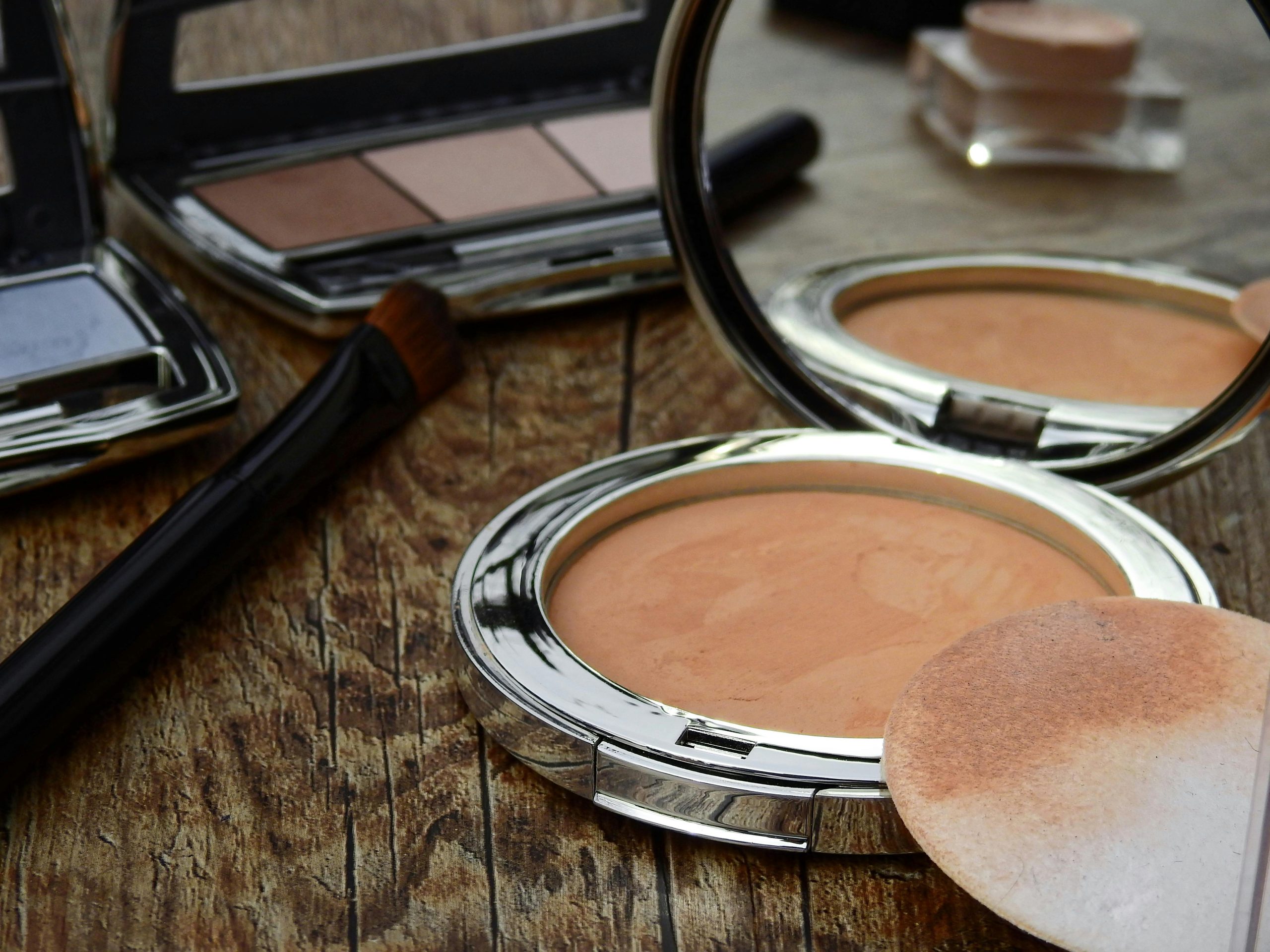Planning the Perfect Hike: Top 5 Items
Imagine setting out on a hiking trail, the crisp air filling your lungs, and the stunning landscape unfolding before you. To make the most of this refreshing experience, you need more than just enthusiasm; you need the right gear. The difference between a memorable hike and a challenging ordeal often comes to the items you bring. The right equipment is key, from ensuring comfort to preparing for unexpected challenges.
Consider the countless times a small oversight led to an uncomfortable or even hazardous hike. We’ve all heard stories of hikers needing more gear or more essentials. This doesn’t have to be your reality. By planning meticulously and equipping yourself with the top five must-have items, you can ensure your hike is enjoyable, safe, and stress-free.
Today we’ll explore the essential gear that can make or break your hiking experience. We’ll delve into the specifics of each item, offering insights on why they’re crucial and how they can enhance your outdoor adventure. Whether you’re a seasoned trekker or a weekend warrior, these tips will help you plan and execute the perfect hike.
1. Sturdy Hiking Boots
The foundation of any good hike begins with the right footwear. Sturdy hiking boots provide the support, traction, and protection your feet need to tackle various terrains, from rocky trails to muddy paths. Unlike regular shoes, hiking boots are designed to stabilize your ankles and feet, reducing the risk of sprains, blisters, and fatigue. They also offer better grip on slippery or uneven surfaces, making your hike safer and more comfortable.
When choosing hiking boots, it’s important to find a pair that fits well and suits the terrain you’ll be navigating. Consider the boots’ material, weight, and waterproof capabilities to ensure they meet your specific needs. For long hikes, boots with cushioned insoles and good arch support can help prevent foot pain and discomfort. Investing in a high-quality pair of hiking boots sets you up for a more enjoyable and injury-free hiking experience.
2. Crease Protectors
While often overlooked, crease protectors are a surprisingly essential item for hikers who want to maintain the longevity and appearance of their footwear. Hiking can be tough on your boots, causing creases and wear that affect the look of your shoes and can lead to weakened materials and reduced support over time. Crease protectors are inserts that you place inside your boots to help prevent the formation of unsightly and damaging creases, especially in areas like the toe box.
In addition to preserving the aesthetics of your hiking boots, crease protectors also contribute to their overall durability. By maintaining the structure of your boots, crease protectors help ensure that your footwear continues to provide the necessary support and protection throughout your hikes. They’re particularly useful for hikers tackling challenging terrains or wearing their boots frequently. Including crease protectors in your hiking gear not only extends the life of your boots but also ensures that your feet remain well-supported and comfortable on every trail.
3. Hydration System
Staying hydrated is crucial when hiking, especially on longer trails or in hot weather. Dehydration can lead to fatigue, dizziness, and in extreme cases, serious health issues. A reliable hydration system, such as a hydration pack or a durable water bottle, is a must-have for any hike. Hydration packs, which include a water reservoir and a tube for easy sipping, are particularly convenient because they allow you to drink without having to stop and unpack your bag.
When selecting a hydration system, consider the length of your hike and how much water you’ll need. Hydration packs typically come in various sizes, holding anywhere from 1 to 3 liters of water, and many also have additional storage compartments for snacks, maps, and other essentials. For shorter hikes, a high-quality, insulated water bottle may suffice, keeping your water cool and refreshing throughout the journey. No matter which option you choose, having a dependable way to stay hydrated is essential for maintaining energy and focus on the trail.
4. Navigation Tools
Even on well-marked trails, it’s important to carry reliable navigation tools to help you stay on course and avoid getting lost. A topographic map and a compass are traditional but practical tools every hiker should have. While many people rely on GPS devices or smartphone apps, it’s crucial to have a backup in case of battery failure or lack of signal, especially in remote areas.
In addition to a map and compass, consider investing in a GPS device designed specifically for hiking. These devices offer detailed maps, track your location in real-time, and can even guide you back to your starting point if needed. Some models also include features like weather updates, altimeters, and emergency signaling, which can be invaluable in the wilderness. Ensuring you have the right navigation tools allows you to explore new trails while staying safe and oriented confidently.
5. Multi-Tool
A multi-tool is a versatile and compact item that can be useful during any hike. Whether you need to cut through rope, open a package of trail mix, or quickly repair your gear, a multi-tool offers a range of functions in a tiny device. Most multi-tools include a knife, scissors, pliers, and screwdrivers, among other useful tools, making them an essential part of your hiking kit.
When choosing a multi-tool for hiking, look for one that is lightweight yet durable and has a variety of functions that suit your specific needs. Some multi-tools are designed specifically for outdoor activities and include features like fire starters, saws, or can openers. Having a multi-tool on hand prepares you for unexpected situations and adds a layer of convenience, allowing you to handle minor issues quickly and efficiently. This small but mighty tool can be a lifesaver, making it a must-have for any well-prepared hiker.
Embrace Your Sanctuary
Creating the perfect relaxation space at home is more than an aspiration—it’s a commitment to your well-being. By incorporating these five must-haves, you transform your living space into a personal sanctuary where you can unwind, recharge, and escape the daily grind. Each element is pivotal in enhancing your home’s tranquility, from the soothing ambiance of calming lighting to the comforting embrace of a plush throw.
Don’t overlook the power of these simple additions. Investing in your comfort and relaxation isn’t just about creating a pleasant environment; it’s about nurturing your mental and physical health. With the right combination of elements, your home can become a haven that promotes relaxation and rejuvenation.
As you implement these essentials into your space, remember that the journey to home relaxation is uniquely personal. Tailor these suggestions to fit your needs and preferences, and watch as your home transforms into the ultimate retreat. Your perfect relaxation haven awaits—take the first step towards creating it today.






